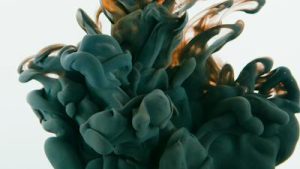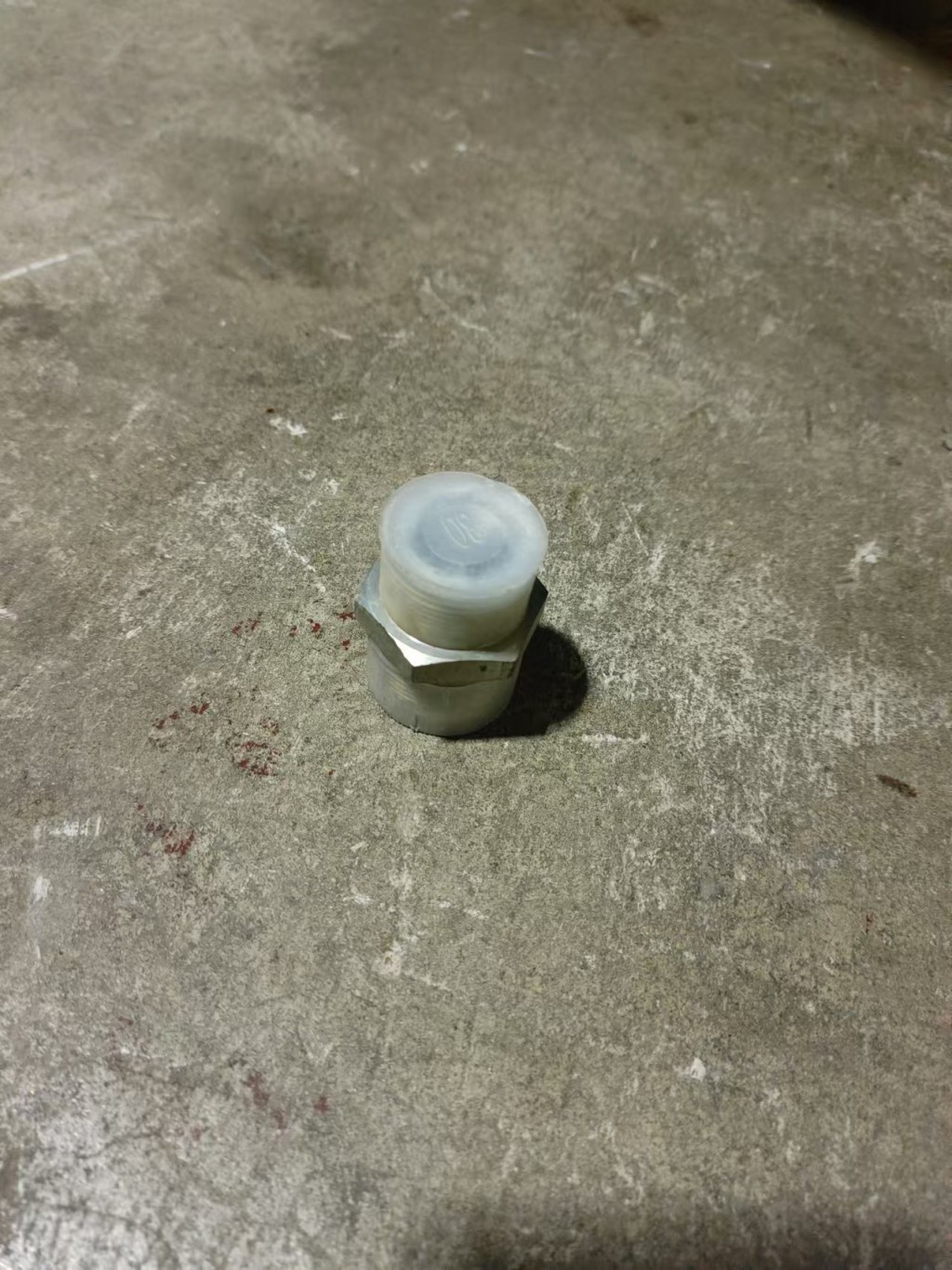Dye intermediates, also known as intermediates, generally refer to various aromatic hydrocarbon derivatives used in the production of dyes and organic pigments.

Dye intermediates #
Also known as intermediates, it generally refers to various aromatic hydrocarbon derivatives used in the production of dyes and organic pigments. They are produced through a series of organic synthesis unit processes (see reaction process) using aromatic hydrocarbons such as benzene, toluene, naphthalene and anthracene from coal chemical industry and petrochemical industry as basic raw materials. With the development of the chemical industry, the application scope of dye intermediates has expanded to the pharmaceutical industry, pesticide industry, explosives industry, information recording materials industry, as well as auxiliaries, surfactants, spices, plastics, synthetic fibers and other production sectors. There are many varieties of dye intermediates, and there are hundreds of the most important ones. The most important dye intermediates in the early days, such as nitrobenzene, aniline, phenol, chlorobenzene and phthalic anhydride, etc., have developed into important basic organic intermediates due to their wide use and large dosage. The world’s annual output is in the hundreds. More than 10,000 tons. The most important dye intermediates now include o-nitrochlorobenzene, p-nitrochlorobenzene, o-nitrotoluene, p-nitrotoluene, 2-naphthol, anthraquinone, 1-aminoanthraquinone, etc. Starting from the above-mentioned intermediates, and then through a series of organic synthesis unit processes, various intermediates with complex structures can be produced.
Chemical material #
Dye intermediates mainly include benzene-based intermediates, toluene-based intermediates, naphthalene-based intermediates and anthraquinone-based intermediates. In addition, there are some heterocyclic intermediates. Commonly used reaction processes for producing intermediates include nitration, sulfonation, halogenation, reduction, amination, hydrolysis, oxidation, condensation, etc. Synthesizing an intermediate with a relatively complex structure often requires many unit processes, and sometimes different basic raw materials and different synthesis routes can be used. For example, in the production of p-nitroaniline, benzene is initially nitrated and reduced to obtain aniline, followed by acetylation, nitration, and hydrolysis. This method has a long production process and high cost. The synthetic route of benzene chlorination, nitration, separation to obtain p-nitrochlorobenzene, and then high-pressure ammonolysis has now been adopted. Special intermediates used for the manufacture of dyes, pesticides or medicines usually have complex structures and are often produced in conjunction with the final product. The output is small, and the production often uses intermittent operations. Some intermediates with a wide range of uses, such as nitrobenzene, aniline, chlorobenzene, phenol, etc., are usually produced in comprehensive large-scale chemical plants with large output and continuous operation.

 April 1, 2024
April 1, 2024 










